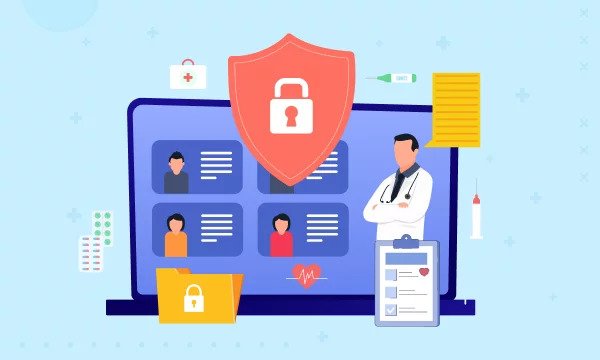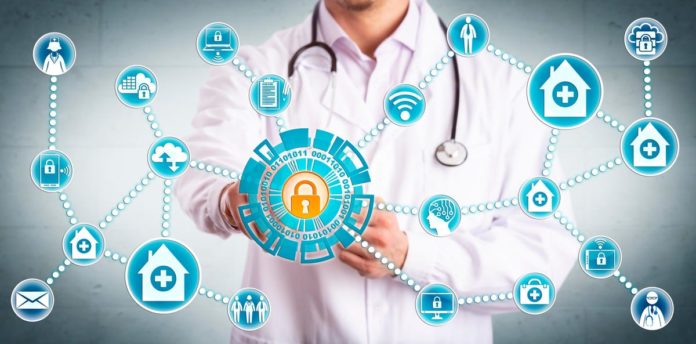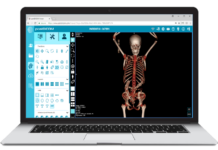Bad people want to steal information about people’s health because it’s important. They can do this by tricking people or hacking into computers.
But even people who work in hospitals or clinics can be a problem because they might share secret information on purpose or by accident.
This is called an insider threat, and it’s worse than when bad people try to hack into computers because insiders have direct access to the information.
In this article, we will discuss effective strategies for preventing employees of hospitals and clinics from sharing secret information and ensuring robust medical data security.
Some Examples of Insider Threatens
They can cause a lot of damage to your health, privacy, and finances. Let me give you some examples:
Example 1
Alice is a nurse who works at a hospital. She has access to the medical records of thousands of patients.
She decides to sell some of their personal information, such as names, addresses, social security numbers, and insurance details, to a criminal group that uses them to commit identity theft and fraud.
Example 2
Bob is a researcher who works at a biotech company. He has access to the company’s proprietary data and research on new drugs and treatments.
He decides to steal some of their intellectual property and provide it to a rival company for a large sum of money.
Example 3
Carol is an IT technician who works at a health insurance company. She has access to the company’s network and systems.
She decides to sabotage some of their servers and databases, causing disruptions and data loss, because she is angry with her boss.
These are just some of the scenarios that can happen when insider threats exploit their access to medical data.
According to a report by Varonis, nearly 20% of all files in healthcare organizations are open to every employee, and more than 1 in 10 sensitive files are open to everyone.
This means that insider threats have many opportunities to access and misuse medical data.
How Can We Prevent Insider Threats from Harming Our Medical Data?
Here are some tips:
Tip 1: Educate Yourself and Others About Insider Threats
The first step is to be aware of the risks and signs of insider threats. You should learn about the common motives, methods, and behaviors of insider threats and how they can affect your medical data.
You should also educate your colleagues, friends, and family about the dangers of insider threats and encourage them to report any suspicious activities or incidents.
Tip 2: Protect Your Personal Information
You should be careful about what you share online or offline, especially with people you don’t know or trust.
You should also monitor your credit reports, bank statements, and insurance claims for any signs of identity theft or fraud. If you notice anything unusual or wrong, you should contact the relevant authorities immediately.

Tip 3: Follow The Security Policies and Procedures of Your Healthcare Organization
You should respect the rules and regulations that govern the access and use of medical data, such as the Health Insurance Portability and Accountability Act (HIPAA).
You should also use strong passwords, encrypt your devices, lock your screens, log out of your accounts, and avoid clicking on suspicious links or attachments.
Tip 4: Report Any Insider Threats or Incidents
You should not ignore or cover up any signs of insider threats, such as unauthorized access, data theft, fraud, or sabotage.
You should also not confront or challenge any suspected insider threats yourself, as they may be dangerous or violent. Instead, you should report them to your supervisor, medical data security team, or law enforcement agency as soon as possible.










